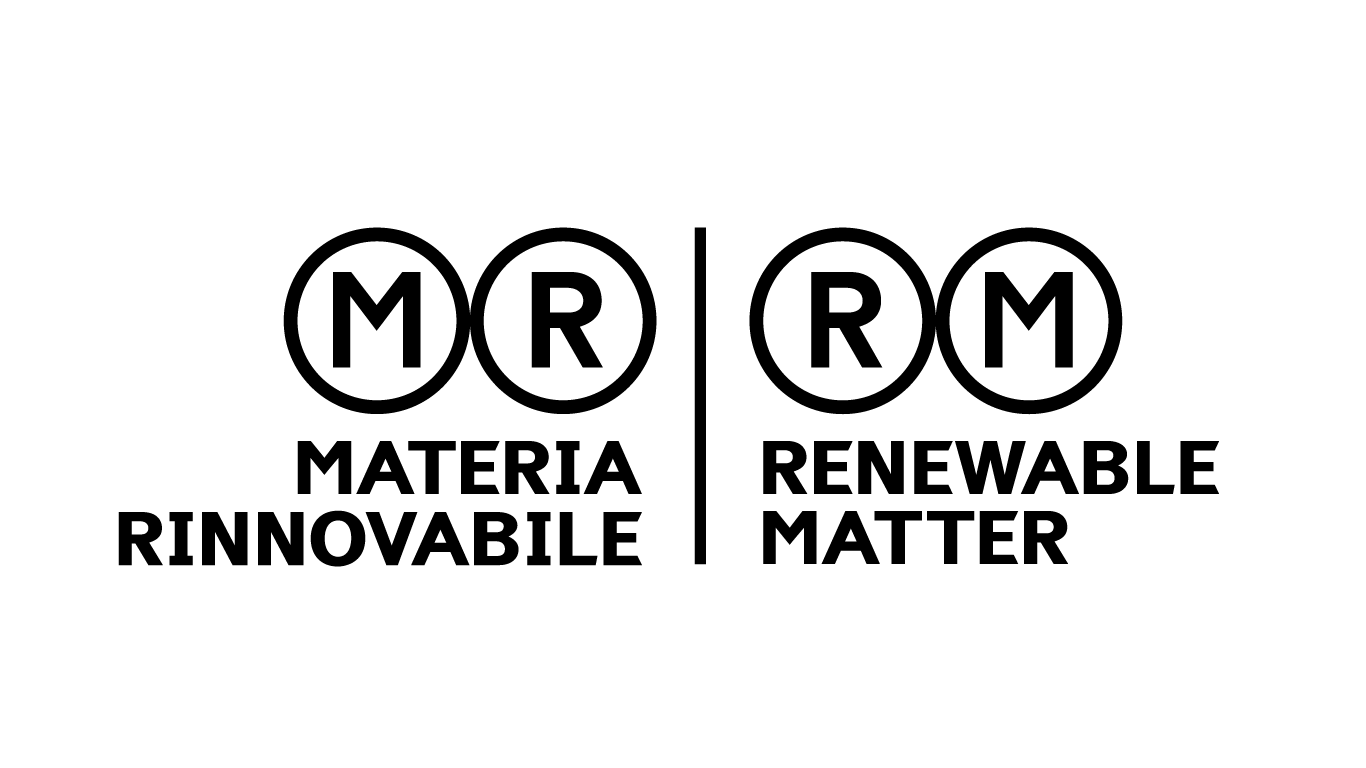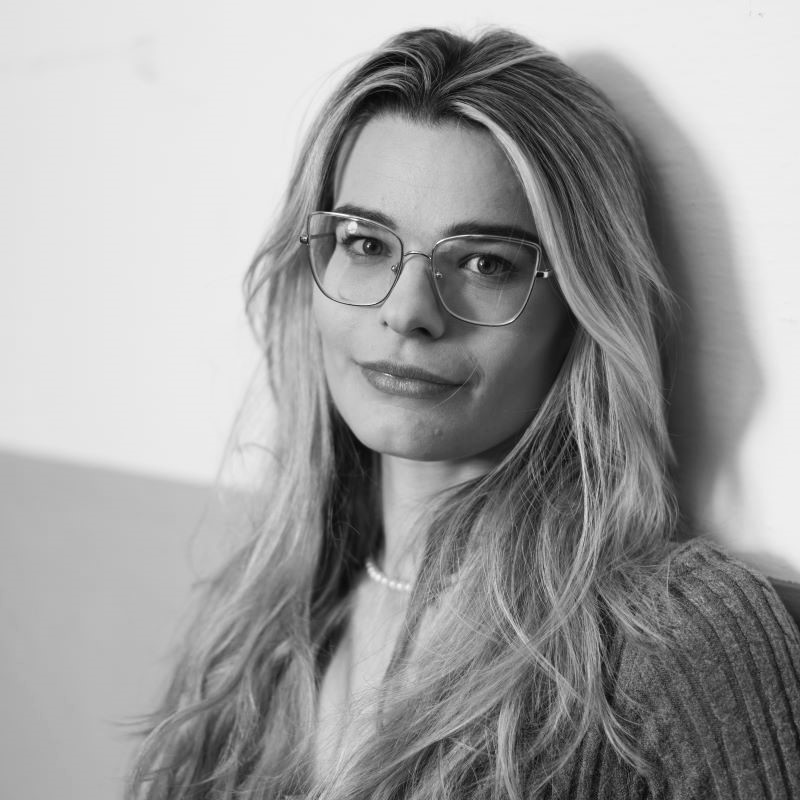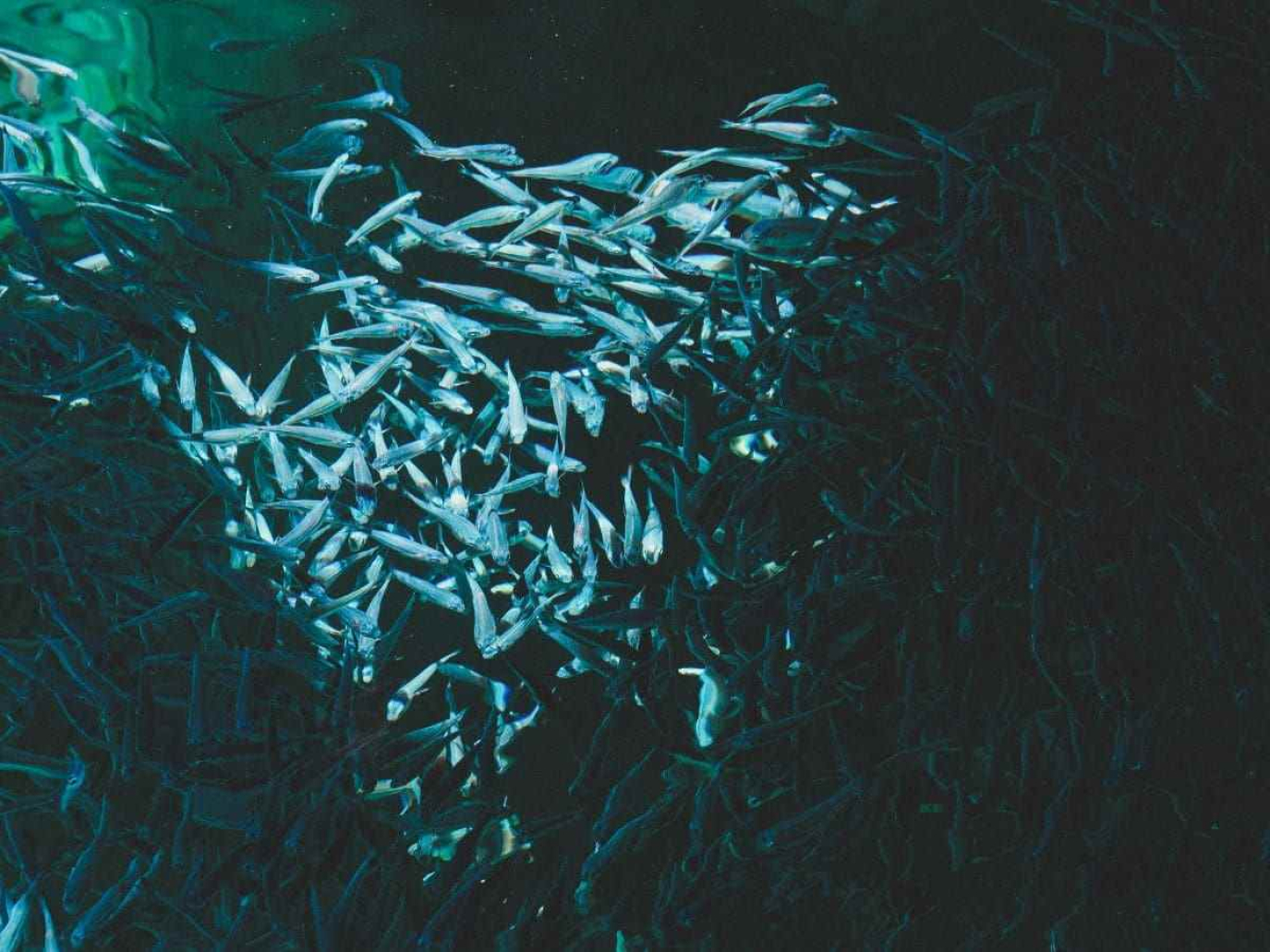This article is also available in Italian / Questo articolo è disponibile anche in italiano
Once a symbol of toil and tradition, fishing is undergoing a profound transformation. Today, much of the fish that reaches our tables no longer comes from boats casting their nets at dawn, but from aquaculture farms.
According to the State of World Fisheries and Aquaculture (SOFIA) report, aquaculture overtook traditional fishing in 2022, when global production reached a record 130.9 million tonnes, a rise of 8.1 million tonnes compared to 2020. This growth is also mirrored in economic terms: in 2022, the sector was valued at 312.8 billion dollars, marking a 12% increase over two years.
Among the most in-demand species is salmon, particularly Atlantic salmon (Salmo salar), which can be found everywhere, from supermarket shelves to sushi restaurants (a paradox, considering that raw salmon is not part of traditional Japanese cuisine). Its farming has become the fastest-growing food production system in the world.
Yet while aquaculture plays a key role in meeting the protein needs of a growing global population, it also raises serious environmental, economic, and animal welfare concerns, particularly when salmon are farmed in open nets at sea.
Problems and impacts of salmon farming
Untreated wastewater, pesticides, and microplastics are discharged directly into the surrounding ecosystems. Farmed salmon that escape mix with wild populations, disrupting their balance through genetic contamination and resource competition.
In 2023, The Guardian published photographs taken at an open-pen salmon farm in the Vestfirðir region, showing fish heavily infested with sea lice (Lepeophtheirus salmonis), which are tiny crustaceans that feed on their skin and force the early slaughter of huge numbers of fish.
As Jón Kaldal, spokesperson for the Icelandic Wildlife Fund, explained to Renewable Matter: “Mortality rates are extremely high and continue to rise year on year, exacerbated by ocean warming. Sea lice are becoming resistant to pesticides and treatments. Today, more than 40% of farmed salmon in open-pen cages in Iceland die before they reach the slaughterhouse. They perish from winter temperatures and wounds caused by these parasites. No farmer would be allowed to operate like this on land.”
“This is not a sustainable industry operating in the pristine waters of the North Atlantic,” Kaldal continued. “They are polluting the environment, contaminating wild fish stocks, and treating the animals in a terrible way. It’s happening all over the world. In Iceland, we’re seeing the same issues, only on an even larger scale.”
Environmental concerns are numerous, starting with the waste produced by intensive salmon farming. “In all those places, huge volumes of sewage are dumped straight into the sea. Nothing is filtered: fish faeces, leftover feed, pesticides, pharmaceuticals, and staggering amounts of microplastics. Everything in this industry is made of plastic, from the nylon nets to the pipes and floating rings. Then there’s the antifouling paint on the nets, loaded with toxic substances like copper oxide, which settles on the seabed and poisons marine life.”
Salmon on the run and the threat to biodiversity
Then there is the topic of biodiversity and the protection of wild salmon stocks, the guardians of a genetic heritage shaped by nature over more than 10,000 years, now under threat from escapes from intensive farming. “In countries like Norway, Iceland, and Scotland, farmed salmon escape and interbreed with wild North Atlantic salmon. This weakens the resilience of wild populations and can even compromise their ability to return to the river where they were born.”
One of the most recent incidents involved the Norwegian company Mowi, the world’s leading producer in the sector, which reported the escape of 27,000 fish from an open-net pen off the coast of Troms, in the north of Norway. One possible alternative lies in land-based aquaculture or closed-containment systems at sea.
As Kaldal points out, “While these are still forms of intensive farming, they tend to show lower mortality rates and offer better conditions for animal welfare. The environment is more controllable: water can be filtered to prevent parasites, the risk of cold-related deaths is avoided, and all waste must be treated before discharge, reducing marine pollution. However, these systems are also highly energy- and water-intensive, and the issue of feed remains unresolved.”
The impact of salmon feed and of salmon as food
Don’t be fooled by the pink hue of the farmed salmon fillets lining supermarket shelves. In the wild, salmon owe their distinctive pink colour to a diet rich in small fish and crustaceans. In fish farms, however, that rosy tint is artificially achieved by adding astaxanthin to a feed made largely from fishmeal, fish oil, and soy. Without it, the flesh would be a shade of grey.
What’s more, the wild fish used to produce this feed, around 90% of which comprising anchovies, mackerel, and sardines, are themselves highly nutritious and perfectly suitable for human consumption. According to the study A review of the global use of fishmeal and fish oil and the Fish In: Fish Out metric, published in Science Advances, roughly 2.7 million tonnes of farmed salmonids were produced globally in 2020. Of that, Atlantic salmon alone accounted for just over 30% of all marine finfish aquaculture production, while consuming around 60% of the fish oil used in the sector.
According to the Icelandic Wildlife Fund, consuming a single meal of farmed salmon requires proteins and nutrients that would be enough for three to four meals. The current production model therefore takes away fish resources that could directly feed people, particularly penalising coastal communities that depend on small pelagic fish for food security and the local economy.
Aquaculture in Iceland
In Iceland, intensive open-net salmon farming has grown eighteenfold since the turn of the century. Yet despite the rapid expansion of the sector, public opinion appears to be moving in the opposite direction. According to a recent Gallup poll commissioned by the Iceland Wildlife Fund, two out of three Icelanders oppose the use of open-net pens.
Beyond environmental concerns, one reason for this resistance may be the industry’s limited impact on employment. As of 2023, salmon farming in Iceland accounted for just 0.2% of the national workforce, while almost all the salmon raised in open-net farms is destined for export.
The issue of foreign ownership also weighs on public opinion. As highlighted in the book The New Fish by Simen Sætre and Kjetil Østli, published by Patagonia, “90% of aquaculture companies in Iceland are foreign-owned, and annual reports show that they transfer their profits to places where taxes are low.”
In addition, Icelandic police have recently opened an investigation following the death of nearly 1.2 million salmon at the Kaldvík fish farm, caused by negligence and poor environmental conditions. In response, Icelandic river owners have filed a lawsuit against Arctic Sea Farm and the authorities, demanding that concessions for open-net farms in the Patreksfjörður and Tálknafjörður fjords be revoked. The legal action, supported by the Icelandic Wildlife Fund and co-financed by artist Björk, aims to protect the environment and Icelandic wild salmon.
Yet despite the current challenges, the future of the industry could be brighter. As Jón Kaldal notes, Iceland’s Parliament is set to debate new aquaculture legislation this autumn. “What we want to see is the introduction of core principles in the law to ensure this really becomes a sustainable industry,” he says. “First, if someone wants to farm salmon at sea, they shouldn’t be allowed to discharge waste that would be illegal on land. The rules should be the same as for other companies, as they are often only 50 metres from the coast. The second priority is to ensure that not a single salmon escapes, because we know for certain that this harms wild species. The third is that parasites and bacteria should not be released into the sea in large quantities, as is currently the case, because they damage the ecosystems of the fjords and the ocean. And finally, there must be much stricter animal welfare standards.”
Cover: picture by Celine Haeberly, Unsplash



